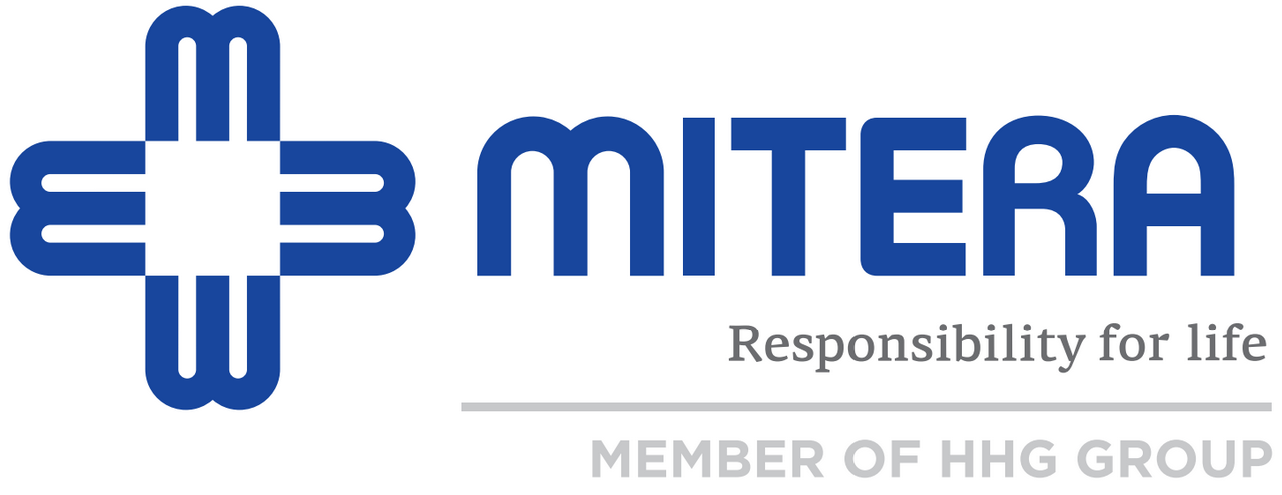Hand Hygiene – Absolutely vital for everyone in the prevention of infections
The initiative has also a very special aim that is to make health-care workers aware of how important is to have clean hands.
Written by
Maria Antonopoulou
Head of MITERA Infection Control Department
Keeping hands clean through improved hand hygiene is one of the most important, feasible and effective steps we can take to avoid spreading pathogenic germs to others and to prevent hospital infections. In addition, its implementation requires following of specific recommendations by health-care workers in order to improve provided services.
On May 5th, 2009, that has been named the WHO’s Save Lives: Clean Your Hands Day, the WHO launched a global hand hygiene initiative. Many countries are registered for the initiative and Greece is one of them. Based on the initiative, the WHO contributes to the promotion of hand hygiene practices among health-care workers, aiming to reduce hospital infections that can affect patients as well as nursing personnel and visitors.
Target groups
Hands hygiene should not only be applicable to medical and nursing personnel but also to people visiting hospitals and patients who play a significant role in the prevention of hospital infections by ensuring their hand hygiene.
The hospital’s staff should definitely follow the guidelines for hands hygiene in the following cases:
- Before having direct contact with patients.
- Before any aseptic procedures.
- After contact with the patient’s body fluids.
- After patient contact.
- After touching the patient’s clothes, bed sheets, or any other items around the patient.
Visitors should clean their hands each time they enter or leave a patient’s room. Patients and visitors should never touch intravenous (IV) lines or other tools being used to treat a patient.
Patients should ensure their personal hygiene. This includes cleaning of their hands in the following cases:
- Before and after eating food.
- After using the toilet.
- After changing diapers to a baby.
- After blowing their nose, coughing, or sneezing.
In some cases, hospital staff can become very busy, and patients may wonder if their doctor, nurse or other healthcare provider cleaned their hands before and after touching them. As part of the patient’s in the fight against infection and in the case that the patient is in any doubt, don’t hesitate to remind staff at all levels –as well as residents- about this important practice that is the most effective way to prevent the spread of infections.
Many people don’t wash their hands correctly. Therefore, they often miss key areas (see Figure below). It should be stresses that proper hand-washing does not require much effort and it is not time-consuming. However, the benefits of this simple practice can play a very significant role in the protection of patients’ health through the prevention of hospital infections outbreaks.
| Table 1: How to wash your hands properly with water and soap |
| 1. Wet your hands with clean, running water and add soap. |
| 2. Scrub back of hands, wrists, between fingers and under fingernails for at least 20 seconds. |
| 3. Rinse thoroughly. |
| 4. Dry with paper towel. |
| 5. Turn off water lever using a paper towel and not your hands. |
| Table 2: How to wash your hands with an alcohol-based hand sanitizer |
| 1. Apply the product to the palm of one hand. |
| 2. Rub the product over all surfaces of your hands and fingers until your hands are dry. |
The World’s Health Organisation has launched a global hand hygiene initiative “Save Lives: Clean your Hands” to point out and communicate the significance and necessity of clean hands.


